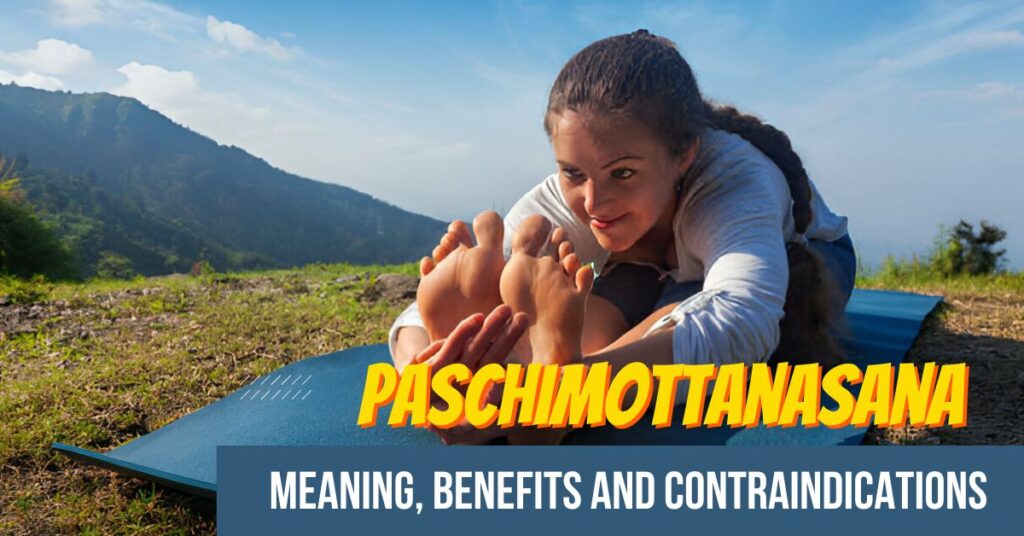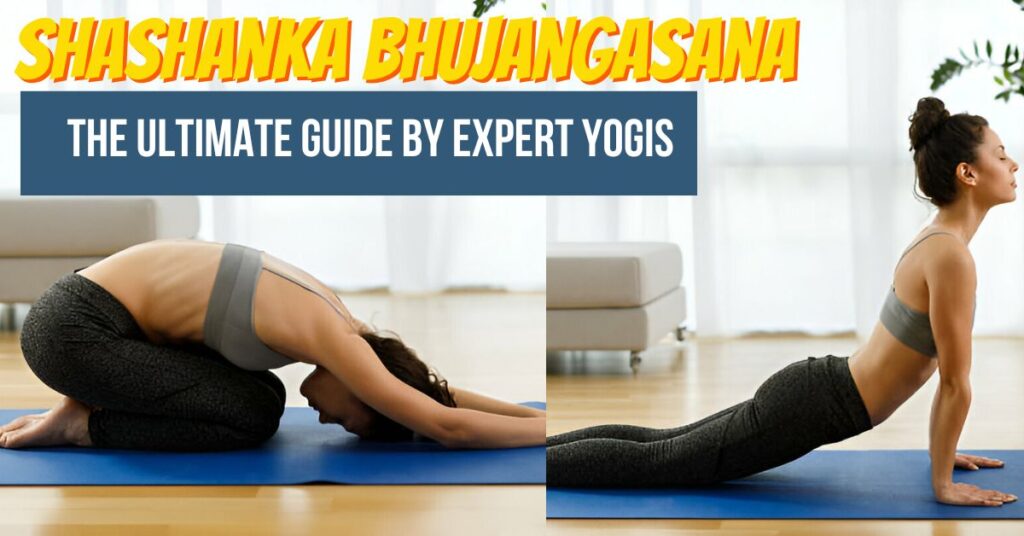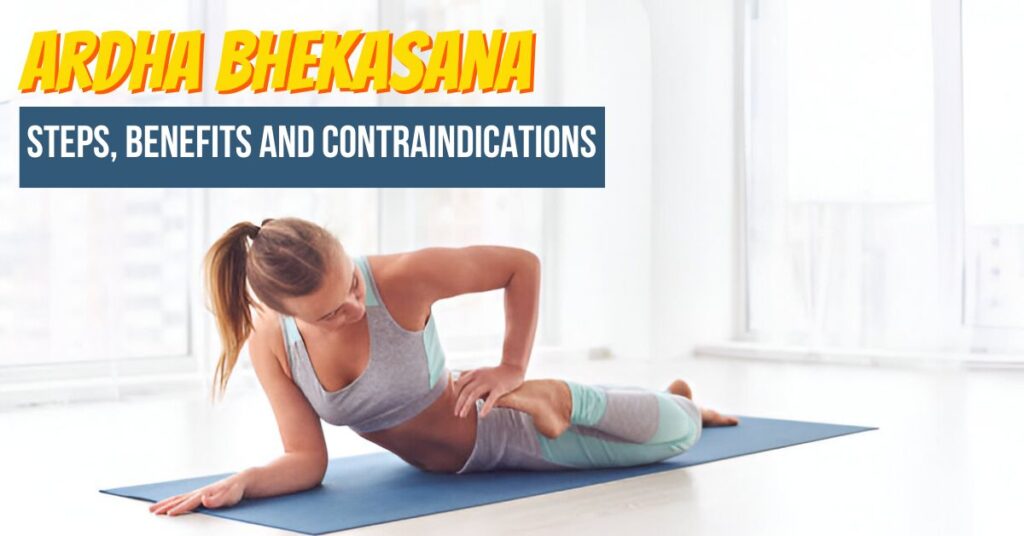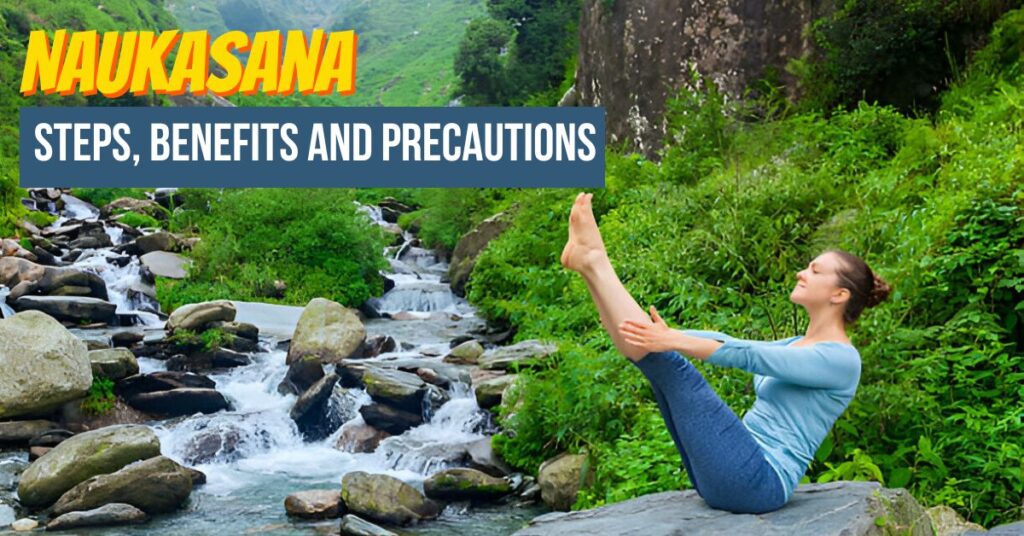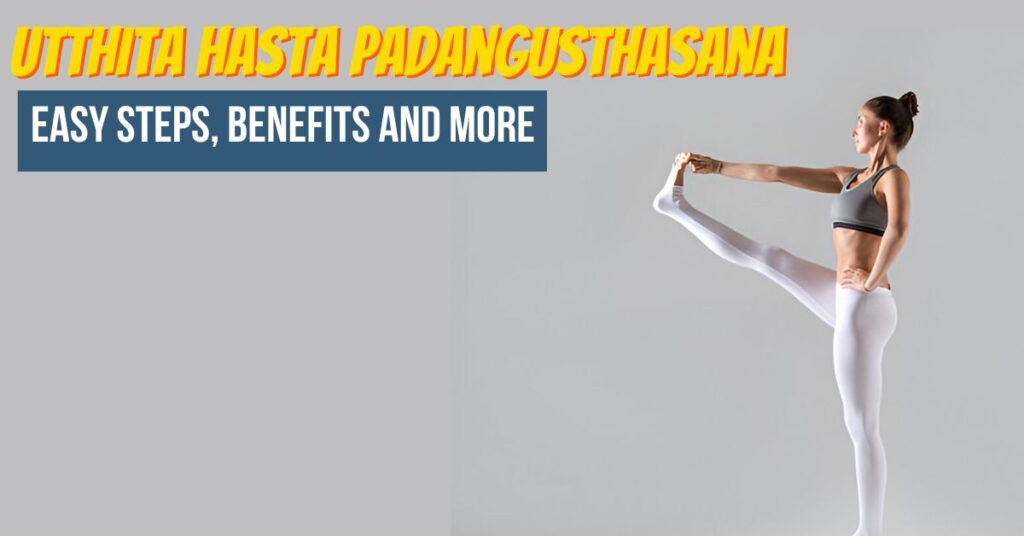There might be times when you have felt the need to stretch your hamstrings and lower back after a long day at work. If you’re looking for a pose that helps you do so, Paschimottanasana (Seated Forward Bend) is the best thing to start with. This posture helps improve flexibility in the hamstrings, hips and lower back. The pose is beneficial for the mind and the body as well. In this blog post, we’ll explore what Paschimottnasan is, what Paschimottanasana yoga benefits are and how to practice it properly. Let’s get started!
- What is Paschimottanasana?
- Benefits of Seated Forward Bend Pose (Paschimottanasana Benefits)
- How to Perform Paschimottanasana Yoga?
- Beginners Tips to Perform Paschimottanasana
- Paschimottanasana Modifications and Variations
- How to Align Yourself with Paschimottanasan?
- Paschimottanasana Contraindications
- Conclusion
- Frequently Asked Questions (FAQs)
What is Paschimottanasana?
Paschimottanasana is derived from two Sanskrit words: first is Paschima, which means West (denoting back), and the second is Uttana, which means Intense Stretching. The pose is a classic pose from “Hatha Yoga .”Proper practice of Paschimottanasana stimulates the Manipura Chakra, which regulates the functions of digestive organs.
It is a yoga pose that involves sitting on the floor with your legs stretched out in front of you and then bending forward so that you can reach your toes with your fingers. This stretch targets lower body flexibility and is an excellent stretch for the hamstrings, spine, and shoulders. It is one of the ideal yoga poses for the obese. Let’s now dive in and learn how to perform this asana with proper alignment to avoid any injuries.
Benefits of Seated Forward Bend Pose (Paschimottanasana Benefits)
Before performing any yoga asana, it is essential to know the advantages of Paschimottanasana. Here are Paschimottanasana benefits you need to know about:
- It stretches the hamstrings, spine, and shoulders and is excellent for runners.
- Relieves back and neck tension
- Improves digestion and stimulates the digestive system
- Reduces the symptoms of menopause and relieves menstrual symptoms
- It lowers blood pressure, and the risk of heart disease is also reduced.
- Improves the flexibility in the lower back and hips
- Stimulates internal organs, including liver, stomach, gallbladder, spleen, pancreas, and kidneys
- Reduces the stress and calms the mind
- Tones the abdominal and pelvic organs
How to Perform Paschimottanasana Yoga?
This Seated Forward Bend pose is more challenging than it seems to be. But with us by your side, you will be able to learn this in no time. Now, we will focus on the Paschimottanasana procedure easily.
Step 1: Sit straight on the floor with your back and keep your legs extended in front of you.
Step 2: Take a deep breath and raise your arms above your head. Now exhale and slowly bend forward from your hips.
Step 3: Keep your spine straight rather than keeping it round, and move your chin towards the toes. If you are a beginner and cannot touch your toes, you can hold onto your ankles or shins instead without forcing.
Step 4: You need to hold the pose for about 10-15 seconds while breathing profoundly & relaxing your body. You can also deepen the stretch a little by gently pulling yourself forward with your hands.
Step 5: In order to release the pose, inhale slowly, lift your torso back up and get back to the seated position. If needed, bend your knees and put your hands on the ground.
Repeat the pose a few times, focus on your breath and maintain a relaxed body.
Beginners Tips to Perform Paschimottanasana
Seated Forward Bend Pose can sometimes be challenging for beginners. Here are some beginner tips on how to do Paschimottanasana:
- Start by doing a few rounds of sun salutations (surya namaskar) or some gentle stretches to prepare your body for the pose.
- If you experience lower back pain or have a tight hamstring, you can use props like a rolled blanket under your knees to keep them bent or sit on a folded blanket; it will make the pose more accessible.
- In order to avoid strain on your back, focus on lengthening the spine rather than rounding it.
- It’s not a compulsion to reach the toes with your fingers; you can use a towel or a strap to do so instead.
Paschimottanasana Modifications and Variations
Call it types or modifications, Paschimottanasana yoga can be done in three more different ways:
Seated Forward Bend With Bent Knees
When you find it difficult to focus on your breath and your hamstrings are tight, you can modify the pose by bending your knees. Moreover, you can sit on the edge of a blanket or a pillow as it will lift your hips, and you will be able to touch your toes easily.
Seated Forward Bend With a Strap
If you want to stretch your body in this pose, it becomes necessary to hold your toes. If you are not able to do this, you can either use a towel or a strap around your feet and hold the pose. The strap will act as a support and will help you in performing the pose smoothly.
Paschimottanasan with a Prop
If you are not able to place your legs straight on the floor without bending the knees, you can use either a flat pillow or rolled blanket under your knees to perform the pose. Moreover, if you are feeling any stretch in your abdominal region or chest, you can place the pillow over your thighs so that you can breathe easily when you stretch.
Paschimottanasan A Pose
If you want to get intense with your Paschimottanasana practice, you can even try holding onto your toes with your hands and keeping your forehead down so that you are in a relaxed position. If you want to feel a deeper stretch in your back, shoulders and hips, you can hold the pose for around 5-10 deep breaths.
Seated Forward Bend with One Leg
This pose is a variation of the Seated Forward Bend from Ashtanga Yoga, which is also known as Trianga Mukhaikapada Paschimottanasana. You need to perform this pose the same as the Paschimottanasana; the only difference is that you need to bend one of your legs and keep it on the side of the buttock area and keep the other leg straight in front. This pose builds strength around the hip, hamstring, and lower back.
Deep Forward Fold Using Blocks
If the pose is relatively easy for you, then to make it more intense, you can add one or two blocks in front of your feet. The yoga blocks that you add will make the stretch more intense and increase resistance throughout the body.
How to Align Yourself with Paschimottanasan?
Proper alignment is needed when you want to get the most out of the Paschimottanasana steps, just as for Bhujangasana or Ardha Matsyendrasna yoga, where you require strength, control, and proper alignment to lift and expand the chest. Here are some of the tips to follow:
- Sit high up on your sitting bones and avoid any backward rolling towards the tailbone.
- You don’t need to put unnecessary pressure on your body; keep your hands wherever they reach, i.e., calves, ankles, or heels.
- Do not pull yourself downwards using your arms.
- Make sure you keep your elbows resting on the floor.
- Please do not keep your back rounded; try to lengthen it.
Paschimottanasana Contraindications
As you know, Paschimottanasana yoga has a lot of benefits, but it might only be suitable for some individuals. People with the conditions mentioned below should either avoid the pose or perform the pose cautiously. Let’s now discuss the contraindication of Paschimottanasana:
- If you have back problems or injuries, you should practice Seated Forward Bend Pose with care.
- Pregnant women should avoid doing the pose as it puts pressure on the abdomen.
- If you are suffering from sciatica, you should perform the asana using either a towel or a strap in order to prevent the condition from worsening.
- Deep forward bends should be avoided if you are having minor hamstring injuries until it is healed.
- Patients with uncontrolled high blood pressure should be careful, as the forward bend in this asana can temporarily increase blood sugar levels.
Conclusion
Paschimottanasana is a potent yoga posture that has a lot of benefits for the mind and the body. If you practice this asana regularly, you can improve your flexibility, reduce stress and keep your digestive system healthy. Remember to perform this pose with proper paschimottanasana information and guidance in order to avoid any injuries to your body and lead to a happier and healthier life.
Frequently Asked Questions (FAQs)
How to improve Paschimottanasana?
In order to improve this asana, you can follow the below steps of Paschimottanasana:
- Keep your back straight; it will help you avoid injuries.
- Before you bend forward, don’t forget to pull your stomach in
- Keep your knees straight throughout the whole procedure of paschimottanasana.
- Make sure to keep your body relaxed during the final position.
- Take deep breaths whenever required.
Is Paschimottanasana good for heart?
When we perform this asana, we definitely bring our heads lower than our hearts. It makes our spine straight and eventually improves the heart rate and boosts blood circulation.
What are the common mistakes in Paschimottanasana?
Some common mistakes in the Seated Forward bend pose are:
- Rounding the back
- Bending the knees
- Overstretching the hamstrings.
You must maintain proper alignment and take deep breaths to avoid any injury and get the most out of the pose.
